| Reviews & Columns |
|
Reviews DVD TV on DVD Blu-ray 4K UHD International DVDs In Theaters Reviews by Studio Video Games Features Collector Series DVDs Easter Egg Database Interviews DVD Talk Radio Feature Articles Columns Anime Talk DVD Savant Horror DVDs The M.O.D. Squad Art House HD Talk Silent DVD
|
DVD Talk Forum |
|
|
| Resources |
|
DVD Price Search Customer Service #'s RCE Info Links |
|
Columns
|
|
|
Queen of Blood
Not to be mistaken for the 1966 movie of the same name, this is a recent low-budget affair shot with consumer equipment from Canadian filmmaker Chris Alexander, who is noted on the cover as also being the editor-in-chief of Fangoria magazine. "Queen of Blood" is the "spiritual sequel" to his first work, "Blood For Irina" and although Alexander has stated that the two exist independently and that seeing the first should not be a requirement to enjoy the second, the first movie is included on this disc as a "bonus feature" so I will go into that one first:
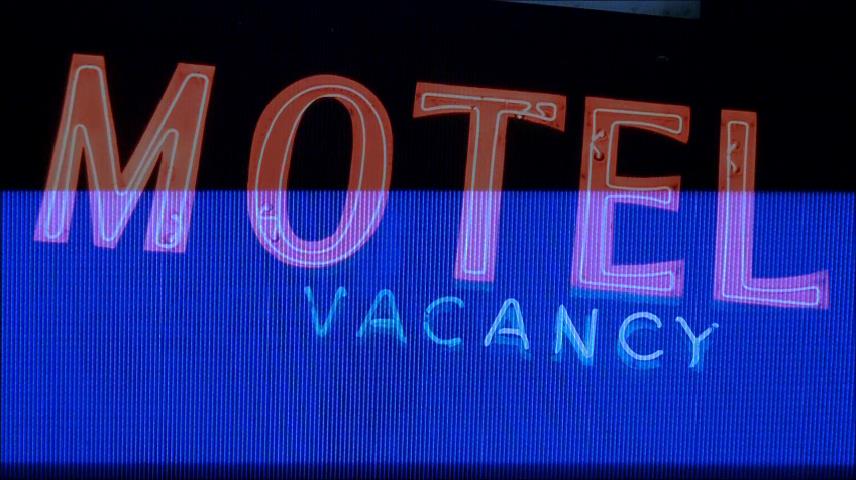
In "Blood For Irina," the title character played by Shauna Henry is essentially a centuries-old vampire who lives in a run-down motel room and walks the streets of a city late at night for blood. There's also a pink-haired prostitute who catches her eye, and a few sequences that appear to be flashbacks explaining how she got into the state she's been in- overall it's a bit hard to figure out on first viewing as there is no dialogue or even live location sound- just a droning noise-music score with a few sound effects.
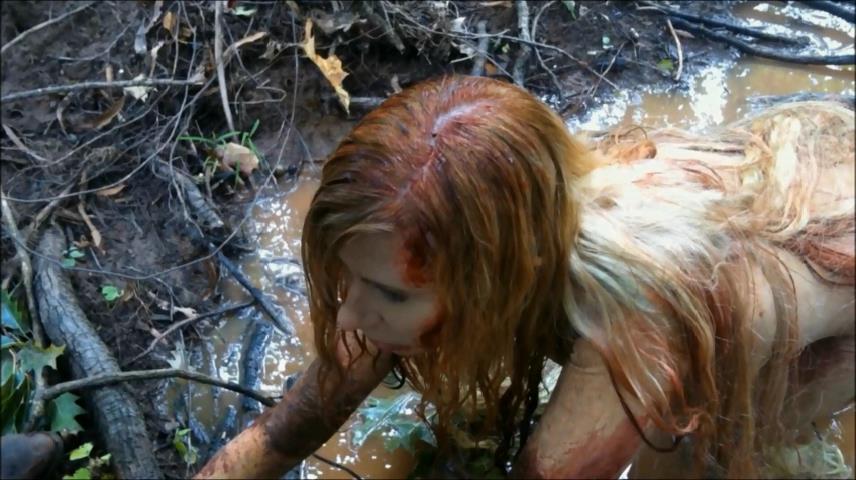
"Queen of Blood" is done in a similar style (without a single word spoken), but at least it's backed up with extras including a commentary track which explain it a bit more clearly. "Irina" is back, but this time she is "reborn" in a small lake in a forest area. She is found and taken in by a kindly hermit (David Goodfellow, who also serves as producer and cinematographer here and on the first movie) but she soon feeds upon him, then goes wandering the woods and nearby farms for more. A preacher (played by Nivek Ogre of the industrial band Skinny Puppy) pursues her but also seems to have a simple desire to kill randomly.
While I'm quite aware that consumer video equipment has made it much easier and more affordable for independent filmmakers to make their movies and get them out there, I still have a harder time seeing things made with such equipment as "art" than I do anything shot on traditional film. In fact it turns out the majority of these two were shot with, of all things, an iPhone, with a hi-def Canon camera also used for parts of "Queen of Blood". The overall look of these still says "video" to my eyes, which even on modern devices has a look and feel distinctly different from the digital technology now used on many large-budget features that at least comes close to mimicking film. I can definitely see the atmosphere that Alexander was going for with these, and it almost worked for me but not quite as to me video and film are practically different languages. Even Super 8 film presents a much different feeling than something shot with a cell phone or small inexpensive digital camera, with special effects far less convincing when captured electronically.
Each runs about 75 minutes, which while short for a conventional film feels just right here. Even with short running times they both move very slowly, with many scenes in slow motion as well as shots that linger for a long amount of time which will test the patience of some viewers especially those who routinely keep their fingers on the fast-forward button (something I strongly oppose, but I acknowledge that some people do that). That part I was able to accept and go with, though I was still at a loss as to what the real purpose of these moments were.
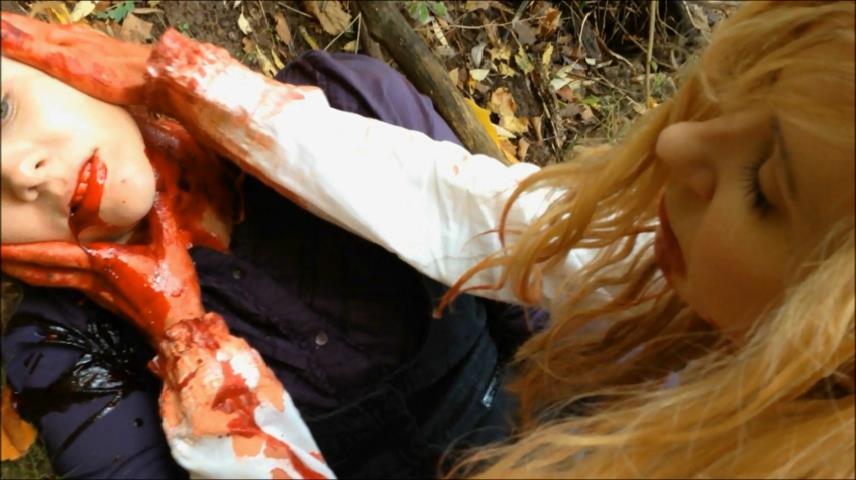
Both works are presented at 1080i at 30 frames per second although many shots are intentionally slower, with "Blood For Irena" encoded in MPEG2 and "Queen of Blood" in AVC. While the bitrate appears equal for both, "Blood For Irena" showed more digital artifacting and gradient banding than anything I've seen before on Blu-Ray. As it was shot with an iPhone, it's possible that this may be inherent in the source material and not the disc encoding- I haven't yet had experience with iPhones myself although strangely enough I acquired my first the day after I watched this disc and will have to see how its camera function works on a bigger screen. Although the detail still came across reasonably well here, digital artifacts in general are usually more distracting to me than the imperfections found in analog video. "Queen of Blood" fares a bit better, with a much clearer picture overall with less compression but still far from perfect.
Sound:Both works are mixed in 2-channel and presented in standard PCM. Again, there is no dialogue or location sound although "Queen of Blood" at least includes some artificial ambient sound including birds. Most of the audio in these consists of Chris Alexander's unconventional music score, which conveys the intended mood a bit more than the digital visuals- this should be played at a reasonably high volume level.
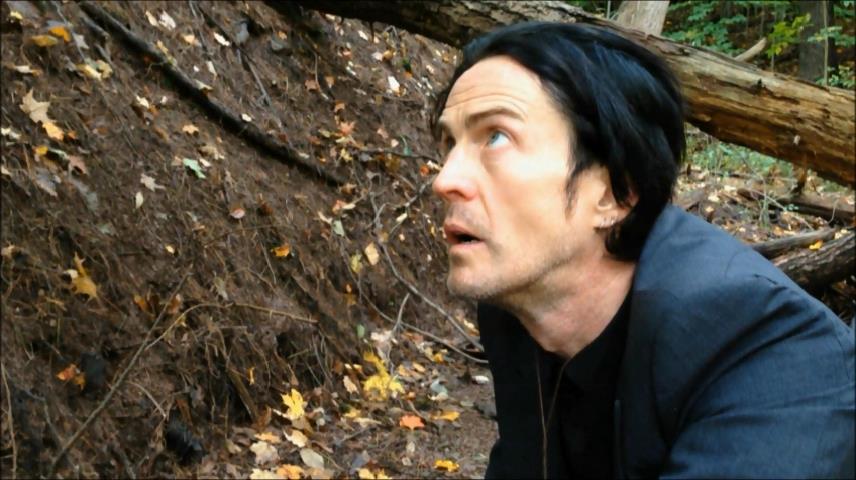
The extras shed a bit more light on "Queen of Blood" and also "Blood for Irena" to a lesser extent, making me appreciate these a bit more than I had initially. "Queen of Blood" includes a full commentary track with Chris Alexander, who explains the purpose of many scenes- while some commentary tracks are a bit tiresome with descriptions of what's going on, it was quite welcome here as the narrative was so unclear by itself. Alexander also explains that he wasn't looking to make anything on a grand scale here but sought to do the best with the limited resources available, saying that he is mostly satisfied with the quality of video shot with an iPhone. He says that "Queen of Blood" was meant to be a "Western" in many respects but doesn't really explain that clearly, but also calls it a "tone poem" which fits much better as well as a "moving painting" which it might have been had it been shot on film. (Speaking of paintings, there is one on the front cover which is far more visually striking than any frame of video here.)
We also get two straight looks at location shooting, one called "Gore Gaffes" where blood effects don't quite go right and we see that the actors were being told what to do out loud during much of the shooting as there was no dialogue to get in the way, and another called "Directing Ogre" focusing on Nivek Ogre's scenes, as he was only available a short time during production and they had to shoot all his material fairly quickly. Two alternate endings include one which just tacks on a few extra seconds and another which calls back to "Blood for Irina," and finally there's a 23-minute director and cast Q&A following a premiere showing at a Toronto theatre where Alexander again explains what he was going for. I personally would have liked to have heard a bit more about "Blood for Irina" as I found the run-down motel location rather fascinating and would like to know the story behind it.
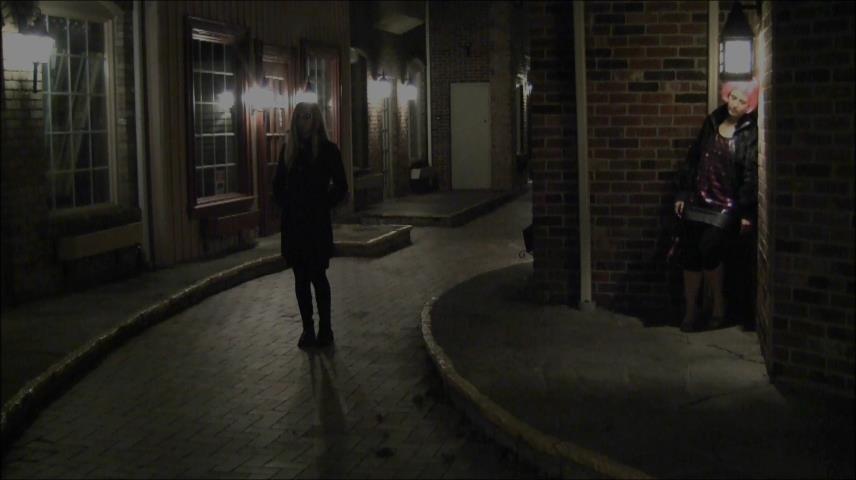
I don't like to criticize small productions like this too harshly, as those involved usually put more heart and soul into them than those who have made much larger movies, and they are usually done more for the love of it than for the purpose of making money. I still have a harder time accepting anything shot with consumer video equipment as "art", and shot with a cell phone camera even more so. Perhaps I'll eventually see something that changes my mind about that, but I've pretty much felt that way since the analog days and digital overall hasn't been different enough to change that. I did appreciate the dialogue-free approach that both of these took, and hope to be able to watch them a few more times in the future on the chance that they might grow on me- the music score at least seems like something I could get into after a while. Both of these have a few fans that love them for what they are, but other viewers still might not see anything in them and the "not for everybody" label definitely applies here. I'd suggest a rental first for most audiences to see whether this does anything for them or not.
Jesse Skeen is a life-long obsessive media collector (with an unhealthy preoccupation with obsolete and failed formats) and former theater film projectionist. He enjoys watching movies and strives for presenting them perfectly, but lacks the talent to make his own.
|
| Popular Reviews |
| Sponsored Links |
|
|
| Sponsored Links |
|
|
| Release List | Reviews | Shop | Newsletter | Forum | DVD Giveaways | Blu-Ray | Advertise |
|
Copyright 2024 DVDTalk.com All Rights Reserved. Legal Info, Privacy Policy, Terms of Use,
Manage Preferences,
Your Privacy Choices | |||||||













